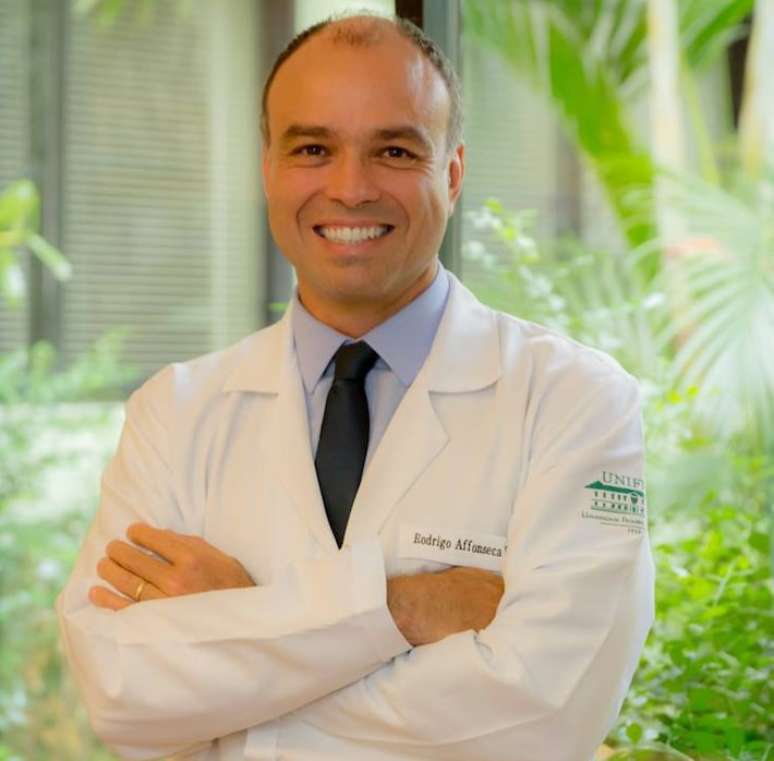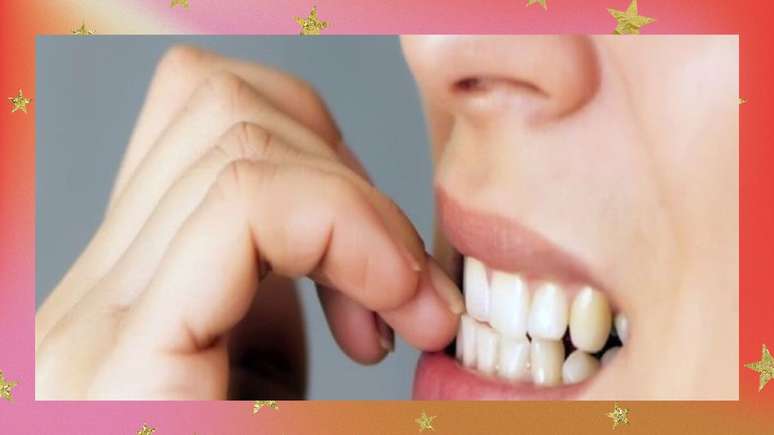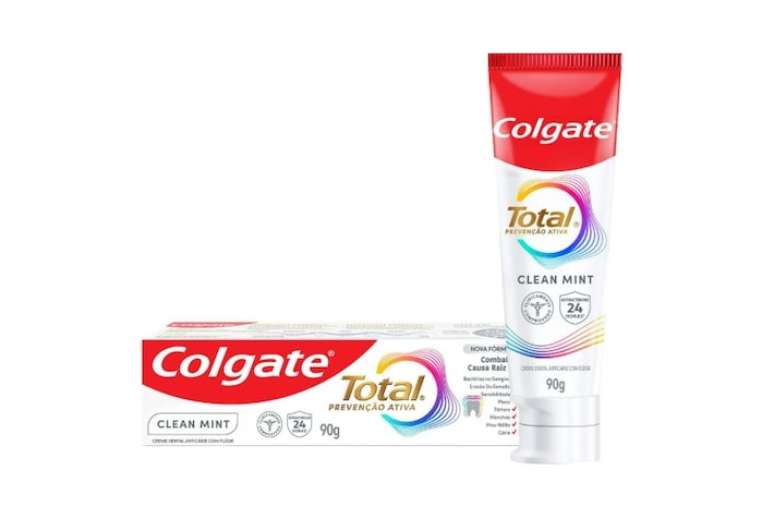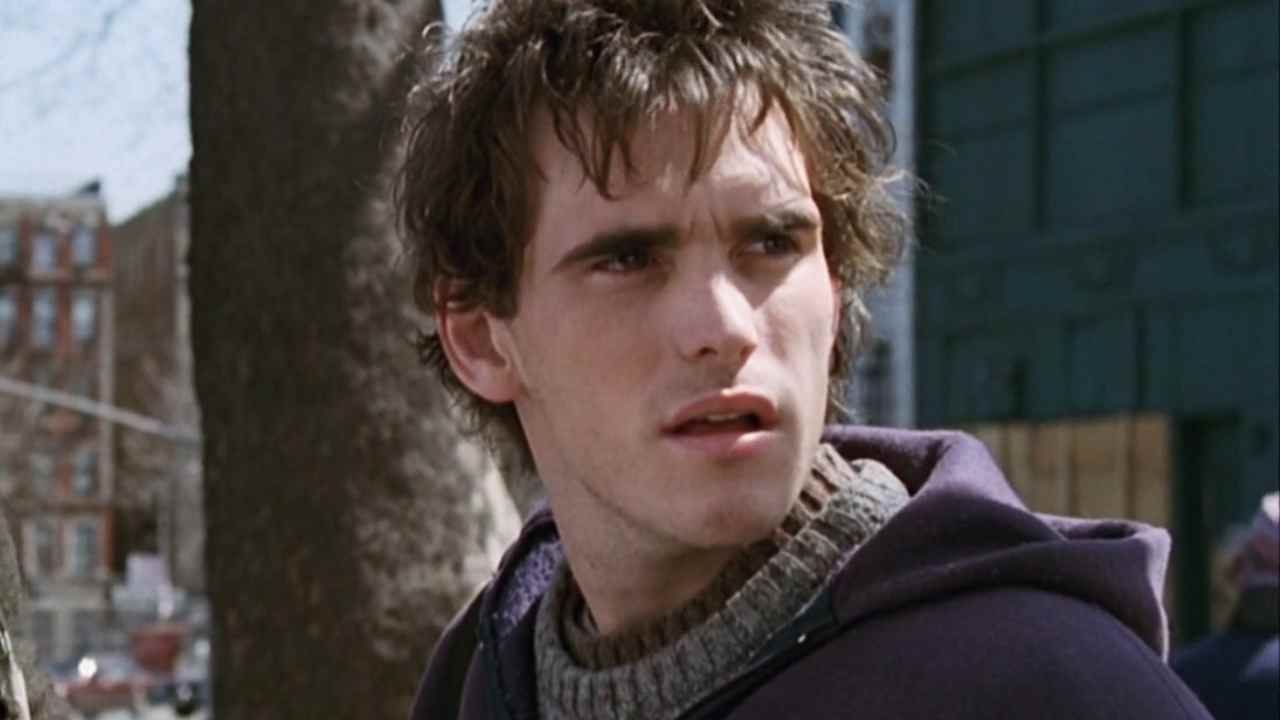Early treatment is essential so that the disorder does not become chronic, says the expert commenting on the topic in the world of work
Problems with mental health they are detected earlier and earlier and companies are increasingly committed to tackling the problem. After all, explains Rodrigo Bressan, psychiatrist, neuroscientist and associate professor at UnifespSociety realizes that today the cost of mental illnesses is higher than that of heart disease. “Putting people away for a week or a month has a huge impact on companies,” he explains Estadao.
The psychiatrist points out that chronic mental illness can ruin a professional’s career. But today, he says, “the search for help has been brought forward.” According to Bressan, today employees are less afraid of exposing their problems, which makes treatments increasingly effective and prevents the disorder from worsening. Below are the main excerpts from the interview.
How do we work on mental health in companies today?
People are becoming more and more aware of their mental health problems, identifying them earlier. Mental health problems affect approximately 25% of the world’s population. Thinking about the workforce, we have difficulty seeing this data. Anyone in this area is under the impression that there is a reporting industry – that it might as well exist, and it gives a little prejudice. But there are many people who find themselves in such a situation. The absence of people for a week or a month has a huge impact within companies.
Does society accept this problem better today?
Society, over the years, has begun to perceive (the issue) as something important. The cost of psychiatric diseases in the world is extremely high, sometimes higher than that of cardiac diseases. What happens is that mental health policies took a long time to develop. The big problem is that if treatment is delayed, the disease becomes chronic and the person becomes much more disabled and may lose their career.
Employees are often afraid to expose the problem. Do you think this has improved?
It has certainly improved, but there is a delicate issue: everyone has what we call self-stigma, a prejudice about themselves. If I’m depressed, I think things won’t go well, I’m ashamed to speak. But prejudices have decreased and made seeking help quicker. This is excellent.
You created the Ame Sua Mente Institute. What is it?
As I was saying, today there is a prevalence of mental disorders – depression, anxiety, obsessive compulsive disorder, bipolar disorder – in 25% of the world’s population. And what attracts the most attention is that more than 75% of cases begin before the age of 24 and 50% before the age of 14. If you want to prevent it, you need to act first. So Marco Kheirallah and Cristiana Pipponzi, I and I founded this institute. And what’s the idea? Train teachers on mental health for the program to be implemented in public schools and carry out advocacy activities, on the one hand communicating to society on mental health, clarifying the issues, on the other public policies. Our training takes place within Efape, which is the training school for educators of São Paulo, which is public.
I want to ask you about drugs today. Has drug use increased among young people?
Yes, it is increasing and the drug profile has changed a little. Today’s marijuana is ten times more potent than the marijuana of years ago. And ten times more powerful it changes the profile of the drug, because it has a very high ability to cause addiction.
Are you against the release of marijuana?
I don’t know if it is better to ban it or not, but what I can say is that marijuana is harmful and addictive. Can it be used for recreational purposes? From the. But addiction is harmful and there are serious cases, it increases the possibility of having depression, anxiety…
Is there also abuse of legal drugs?
Yes, it exists. This is the case of the person who has to take half Ritalin a day and takes three. This is serious and there are some pharmacies that dispense prescriptions and charge a little more for the medications. I have already seen a young man who has been using amphetamines every night for almost a week. He became psychotic. Today he thinks he is being persecuted, that people are chasing him. There is abuse of amphetamines, benzodiazepines, which is Frontal, Rivotril, Lexotan, there is abuse of several legal drugs and it is a danger.
And people have to undergo treatment…
Yes. It depends on forensic medicine.
In the case of the public system, how are mental disorders treated?
Classically, psychiatry was what we called an asylum. What was a mental asylum? Anyone who has gone mad is put in a mental hospital, locked up and left. You had big hospitals, all over the world and even in Brazil. They were warehouses for people with serious ailments. So, there were people with schizophrenia, dementia, tuberculosis, cerebral syphilis, there were serious diseases there. What happened? Psychiatry and medicine improved, and a movement began to get people out of mental institutions and out of hospitalization. The Caps (Psychosocial Assistance Center) were then born, places of medical, psychological and occupational therapy coexistence.
Does it work in sufficient quantities?
No. You don’t have enough, but it’s the model that works, it needs to improve. The big gap is that most mental disorders are not serious and require outpatient treatment, such as in doctors’ offices, and the public service is very lacking in this regard.

Source: Terra
Ben Stock is a lifestyle journalist and author at Gossipify. He writes about topics such as health, wellness, travel, food and home decor. He provides practical advice and inspiration to improve well-being, keeps readers up to date with latest lifestyle news and trends, known for his engaging writing style, in-depth analysis and unique perspectives.






![Such a wonderful sun in advance: Summary of the episode of Wednesday on August 27, 2025 [SPOILERS] Such a wonderful sun in advance: Summary of the episode of Wednesday on August 27, 2025 [SPOILERS]](https://fr.web.img5.acsta.net/img/1a/9c/1a9c40cf034f0942cacb0db8481f2fb7.jpg)

